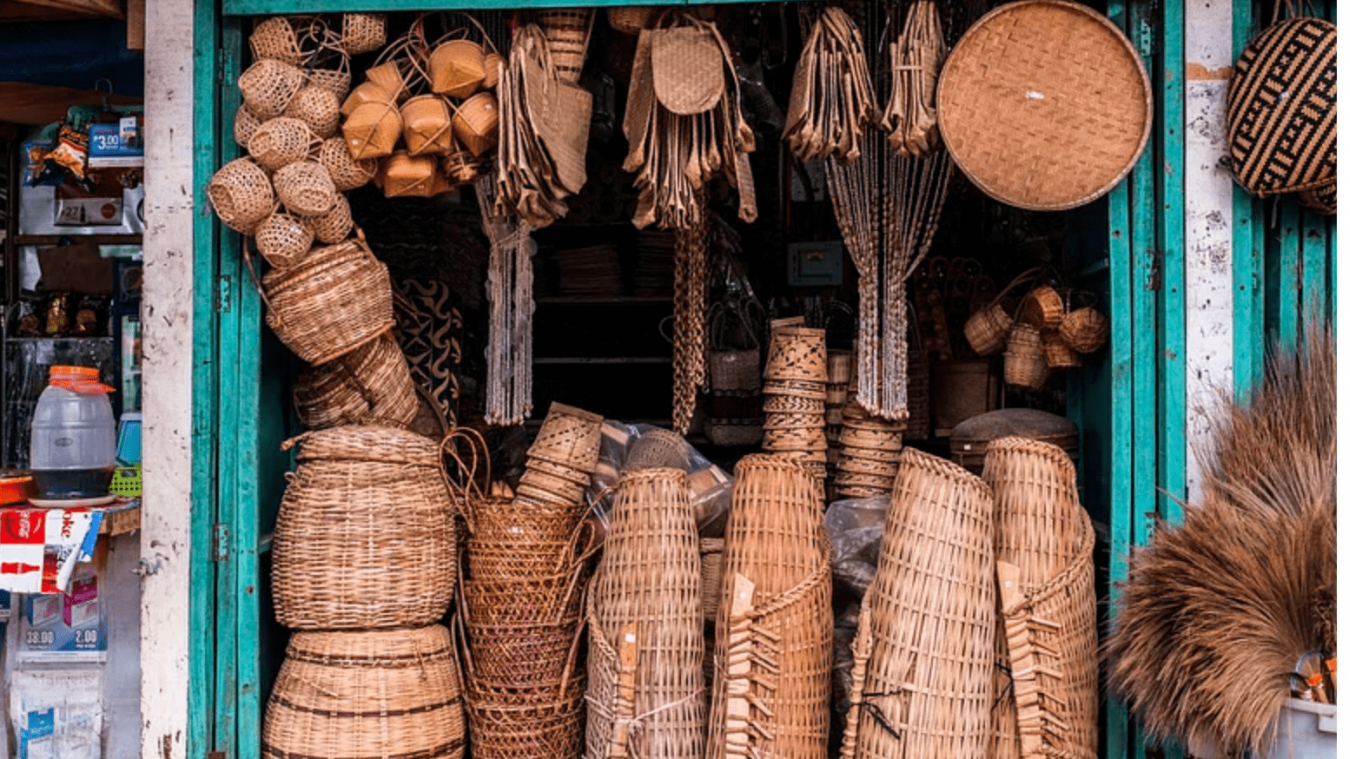
At the heart of Filipino cultural heritage are the centuries-old traditions that have been passed down from generation to generation. These traditions are more than just practices; they are living connections to the past. From the colorful festivities of Sinulog and Ati-Atihan to the soul-stirring Kalinga chant, these celebrations reflect the resilience and joy of the Filipino spirit. Such traditions serve as a reminder of the Philippines' diverse ethnic groups and their harmonious coexistence.
One of the most visually captivating aspects of Filipino cultural identity is its textiles. Intricately woven fabrics like the traditional "malong" and the exquisite "piña" showcase the craftsmanship and dedication of Filipino weavers. Each textile tells a story, depicting the history, beliefs, and natural beauty of the land. The revival of traditional weaving techniques not only preserves a vital art form but also empowers local communities by providing sustainable livelihoods.
The rhythmic beats of the agung and kulintang, the graceful movements of the tinikling, and the lively steps of the Itik-Itik dance—all of these are reflections of the Filipinos' deep connection to music and dance. These artistic expressions serve as both entertainment and a means of passing down cultural narratives. Through music and dance, Filipinos communicate their stories, emotions, and shared experiences, creating a sense of unity that transcends time and space.
Filipino cuisine is a testament to the country's rich history of cultural exchange. Influenced by various cultures—Spanish, Chinese, Malay, and more—Filipino dishes are a delightful blend of flavors, textures, and aromas. From the savory adobo to the sweet bibingka, each dish is a tribute to the ingenuity of Filipino chefs and home cooks. Exploring Filipino cuisine allows us to understand the cultural diversity that has shaped the nation's identity.
While rooted in local soil, Filipino cultural heritage has also reached international shores. Filipino artists, musicians, and performers have left an indelible mark on the global stage. From world-renowned singers to critically acclaimed filmmakers, the Philippines continues to contribute to the world's artistic tapestry. The diaspora of Filipinos around the world further amplifies the cultural exchange, enriching the global community with the country's vibrant traditions.
In celebrating the cultural heritage of the Philippines, we honor the legacies of our ancestors and pave the way for future generations to carry forward the torch of creativity and tradition. The diverse and colorful tapestry of Filipino culture is a testament to the resilience, creativity, and unwavering spirit of a nation that cherishes its past while embracing the future. As we explore the intricate threads of Filipino identity, we are reminded that cultural heritage is not static—it is a dynamic force that continues to shape the story of the Philippines.
Comments